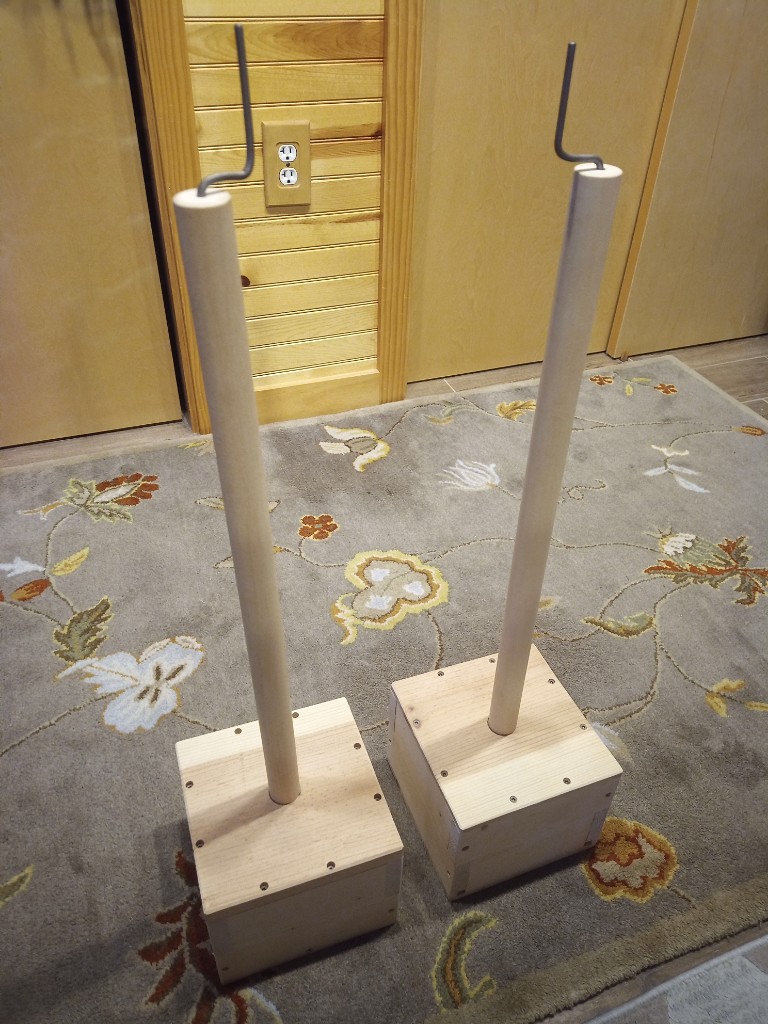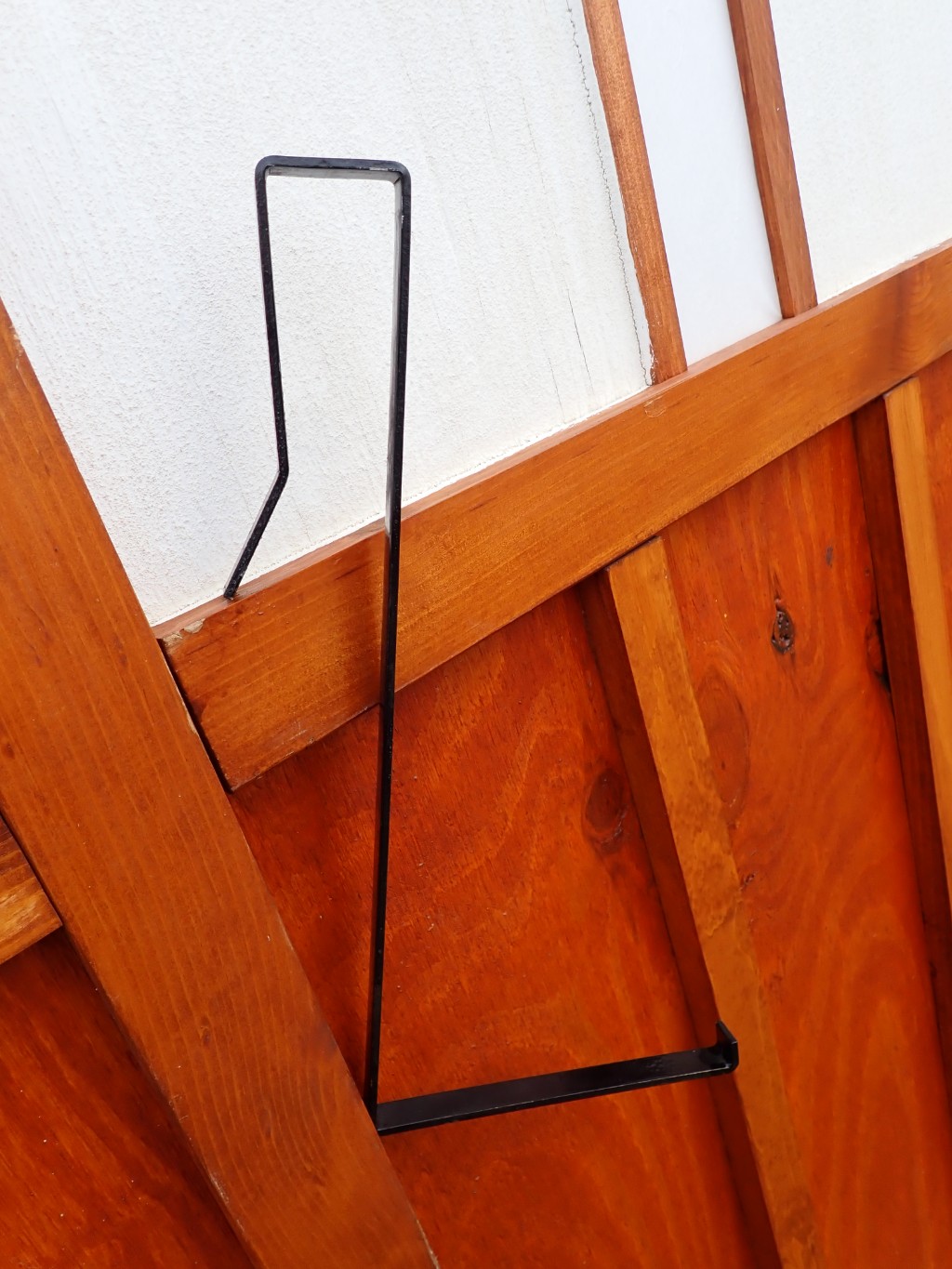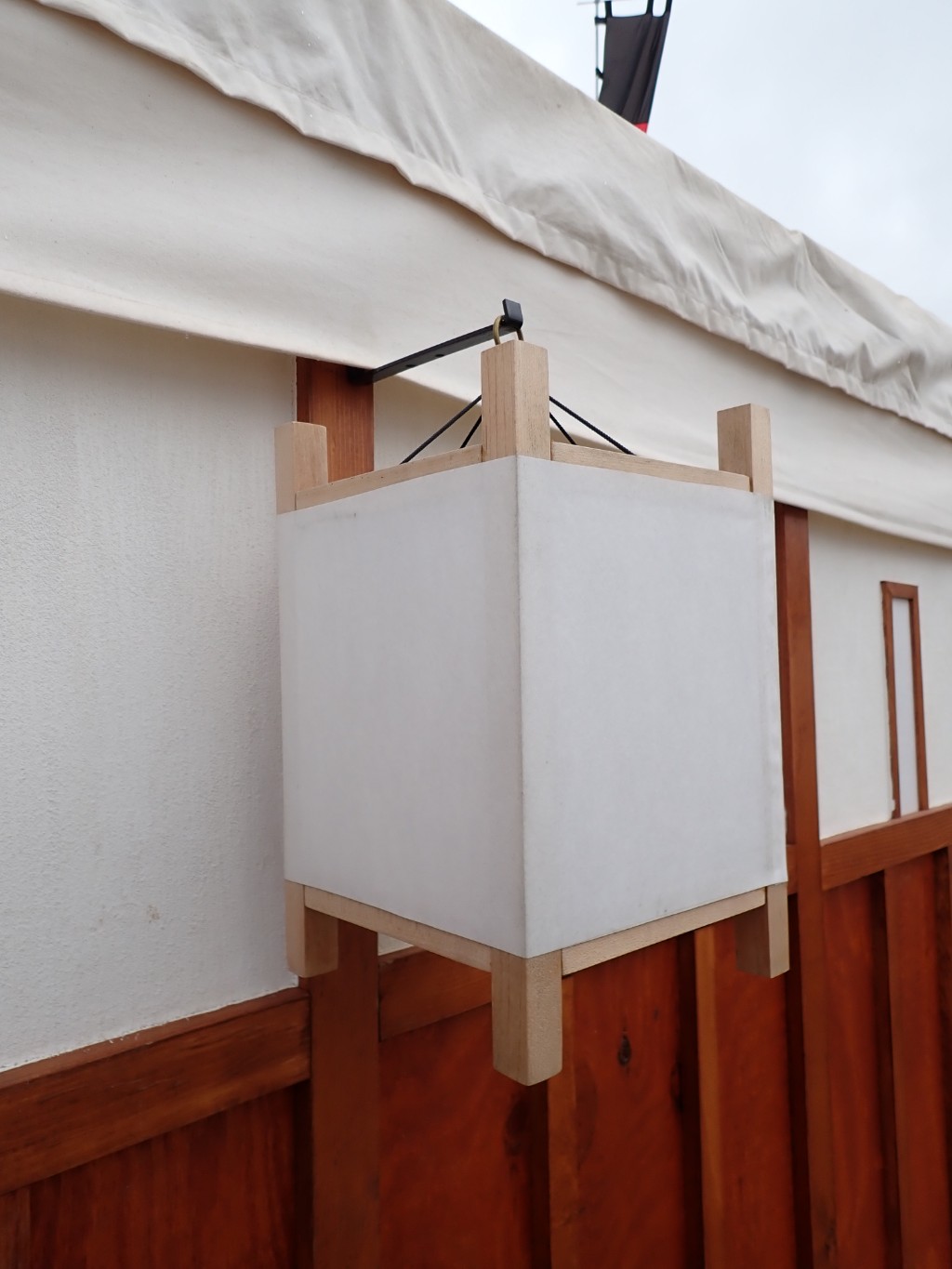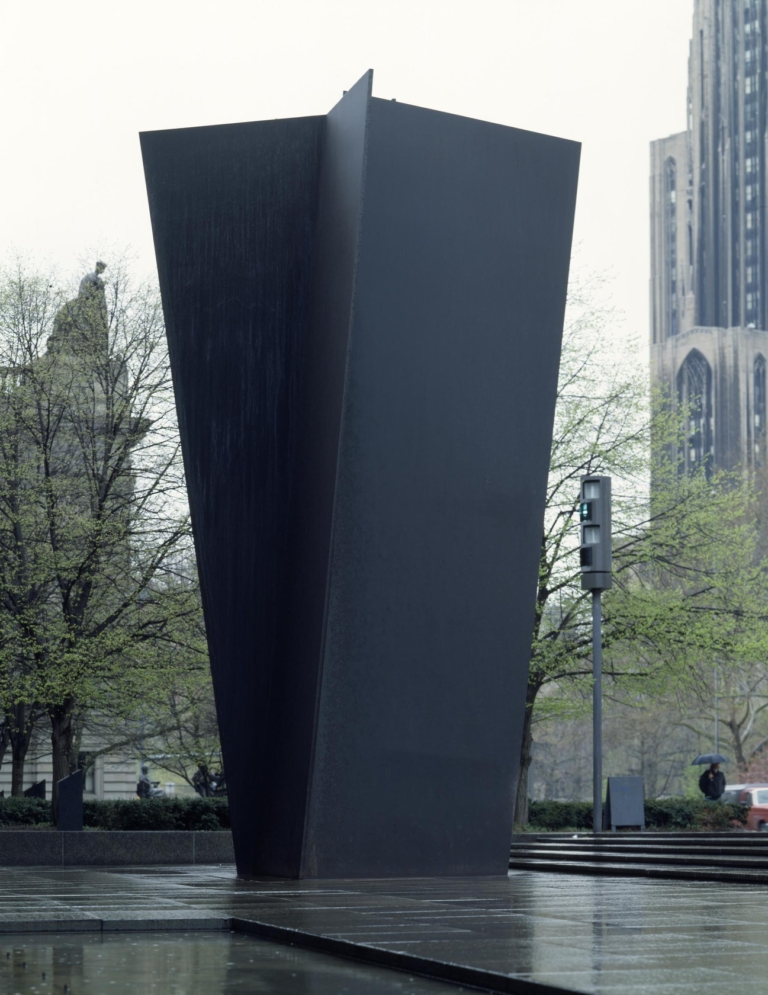I’ve made several sets of small warping pegs, called bodai in Japanese, in the past, and even made this full-size pair some time ago. The only problem with those round bases is that they are too light. Subsequently, I made this new pair of bases for those bodai. Each base is weighted with 6 5-pound blocks of steel.
The benefit of these is that they can be placed an arbitrary distance apart, even if no tables or other clamping surfaces are available. If you need a 12-foot warp, just place these 12 feet apart and warp away. they can also be used as fixed points for kute-uchi loop-braiding if that’s more to your liking.
The new bases are made of pine. The bases are 7.75″ square and 6″ tall. Given the 0.75″ thickness of the lumber, that leaves a nice size void inside for the steel blocks, which are 3″x6″x1″ each. The boxes are held together with screws, which is not very attractive, but I wanted to be able to retrieve the blocks later if I need them for something else.






